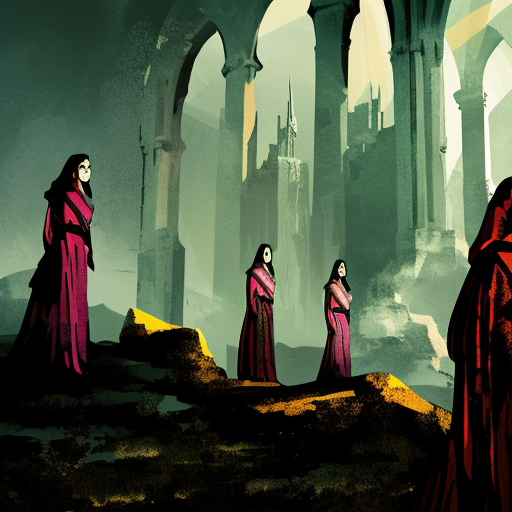The Women in the Castle: A Tale of Resilience and Redemption
Amidst the ruins of post-World War II Germany, three women from different walks of life come together to navigate the complexities of guilt, survival, and rebuilding their shattered lives in Jessica Shattuck’s historical fiction novel, “The Women in the Castle.”
The Castle: A Symbol of Survival
Set in a crumbling Bavarian castle, the story follows Marianne von Lingenfels, a widow whose husband was involved in the failed plot to assassinate Hitler. Determined to honor her promise to protect and care for the wives and children of the resistance fighters, Marianne invites Benita, Ania, and their children to seek refuge in the castle. The castle becomes a symbol of hope and survival, a sanctuary where the women can heal and rebuild their lives in the aftermath of war.
The Women: Three Different Paths to Redemption
Each woman carries her own burden of guilt and secrets, and their journeys towards redemption are as unique as their backgrounds. Marianne, the steadfast and principled leader, struggles with the weight of her husband’s choices and the responsibility she feels towards the women and children under her care. Benita, a young and naive wife, grapples with her own complicity in the Nazi regime and the trauma she endured during the war. Ania, a Polish refugee, fights to protect her children and confronts the horrors she witnessed in the concentration camps.
As the women navigate their new lives in the castle, they form a bond that transcends their differences. Together, they confront their pasts, support each other through the challenges of rebuilding, and find strength in their shared resilience. Through their stories, Shattuck explores the complexities of guilt, forgiveness, and the power of human connection in the face of unimaginable loss.
Themes of Resilience and Redemption
“The Women in the Castle” delves into the themes of resilience and redemption, highlighting the strength of the human spirit in the face of adversity. It examines the moral ambiguity of war and the choices individuals make in times of crisis. Shattuck’s vivid and evocative prose brings to life the struggles and triumphs of the characters, immersing readers in a world where hope and healing emerge from the darkest of times.
Key Takeaways:
- Survival and resilience in the face of unimaginable loss
- The complexities of guilt and the pursuit of redemption
- The power of human connection and support in times of crisis
- The moral ambiguity of war and the choices individuals make
- The importance of confronting and learning from the past
“We are all monsters and saints, and we are all responsible for what happens to one another.” – Jessica Shattuck, The Women in the Castle
In “The Women in the Castle,” Jessica Shattuck weaves a compelling narrative that explores the aftermath of war through the eyes of three resilient women. As they navigate the complexities of guilt, survival, and rebuilding, they discover the power of forgiveness, human connection, and the indomitable strength of the human spirit. This poignant and thought-provoking novel serves as a reminder of the importance of confronting our pasts and finding redemption in the face of unimaginable loss.












